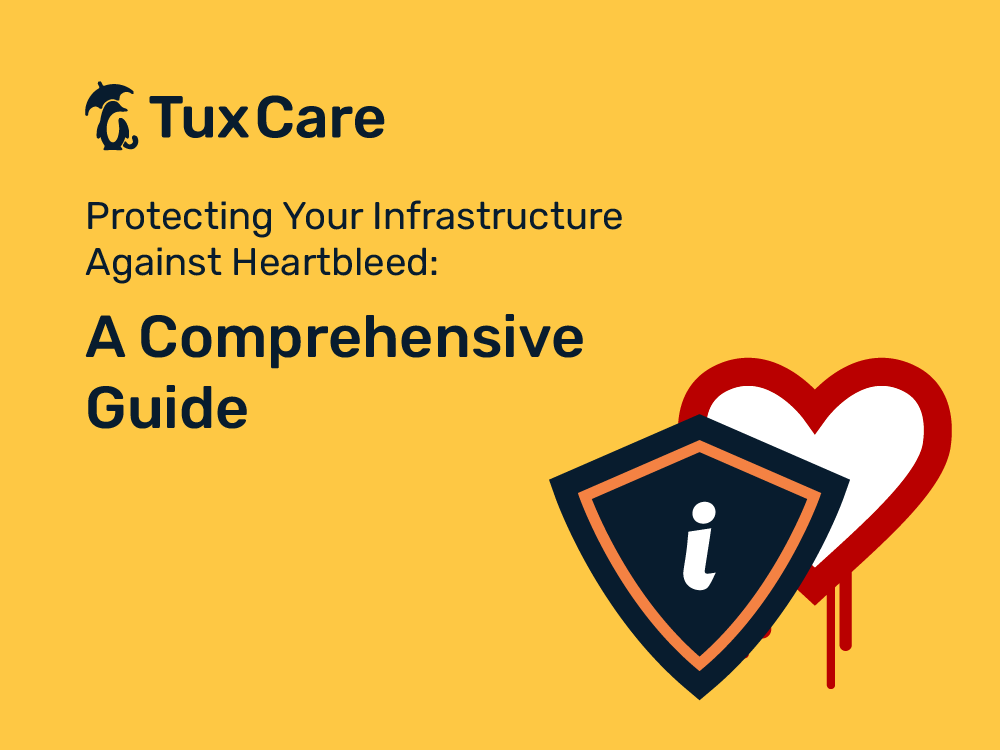Protecting Your Infrastructure Against Heartbleed: A Comprehensive Guide
In the wake of high-profile security breaches, the tech world has become more cognizant of the necessity for effective, end-to-end infrastructure protection strategies. This awareness has brought to the limelight a sometimes underdiscussed vulnerability – Heartbleed. An OpenSSL cryptographic software library vulnerability, Heartbleed has the potential to expose sensitive data to any eagle-eyed adversary. It’s time to take the fight back to these digital invaders and ensure the safety of our infrastructures.
Understanding the Heartbleed Bug
Heartbleed is a security bug in the OpenSSL cryptography library, a widely used implementation of the Transport Layer Security (TLS) protocol. This vulnerability allows attackers to eavesdrop on communications, steal data directly from services and users, and even impersonate services and users.
Heartbleed emerged due to insufficient bounds checking in the OpenSSL’s TLS heartbeat extension, hence its nickname. While the bug is not an inherent flaw of the SSL/TLS protocol itself, it’s an implementation issue that can have far-reaching implications for internet security.
Now that we understand what Heartbleed is, it’s crucial to focus on tools and strategies to safeguard our infrastructure against it. Before we delve into these, you may want to refresh your understanding of other security concerns related to Infrastructure as Code (IaC) in our previous blog post: “Infrastructure as Code: A Double-Edged Sword to Azure“
Protecting Your Infrastructure Against Heartbleed
Detection and Assessment
The first step towards protecting your infrastructure against Heartbleed is detection and assessment. Tools such as Nmap and Nessus can be instrumental in this phase.
Nmap (Network Mapper), a free and open-source network scanner, includes a script in its scripting engine that allows you to test for Heartbleed. Running this script on your servers can help identify potential vulnerabilities.
Nessus, a proprietary vulnerability scanner, offers a more comprehensive assessment. By running a Heartbleed detection plugin, you can identify vulnerable systems in your infrastructure.
Patching and Updating
Upon detection of any Heartbleed vulnerability, immediate patching is required. OpenSSL has released versions that fix this vulnerability, and updates should be applied across the board without delay.
In cases where direct patching is not immediately feasible, various vendors provide patches and configuration changes to mitigate the issue. These include leading companies such as Red Hat, Ubuntu, and CentOS.
Key and Certificate Rotation
After patching and updating the servers, it’s essential to replace the SSL certificates and keys. This is because, during the time your servers were vulnerable, keys could have been compromised.
Tools like Venafi, a leading provider of machine identity protection, can help automate this process. It can identify and replace all exposed keys and certificates to ensure a clean, secure slate for your infrastructure.
Regular Scanning and Assessment
To protect against Heartbleed and other potential vulnerabilities, regular scanning and assessment of your infrastructure is crucial. Automated tools like Nessus, OpenVAS, and Wireshark can conduct routine checks, ensuring that you are promptly alerted if a new vulnerability arises.
Heartbleed: Lessons Learned and Moving Forward
The Heartbleed vulnerability serves as a stark reminder of the critical importance of regular and thorough security reviews, updates, and patches in your infrastructure. The lack of effective vulnerability management can have disastrous results, making your infrastructure susceptible to severe breaches.
It’s crucial to embrace comprehensive vulnerability management strategies, incorporating detection, patching, key and certificate rotation, and regular assessment. By integrating these practices with robust tools such as Nmap, Nessus, and Venafi, you can significantly enhance your infrastructure’s resilience against Heartbleed.
The fight against digital invaders such as Heartbleed is ongoing and complex, but armed with the right knowledge and tools, we can rise to the challenge. By understanding the Heartbleed bug and implementing protective measures, we are taking crucial steps towards securing our digital infrastructures.
To learn more about protecting your infrastructure from a wide range of threats, explore the TuxCare services that help ensure your Linux systems are secure, compliant, and reliable.
Remember, in this digital age, security is not a one-time action; it’s a continuous process. Let’s be vigilant, let’s be secure.



 Documentation
Documentation Login
Login



